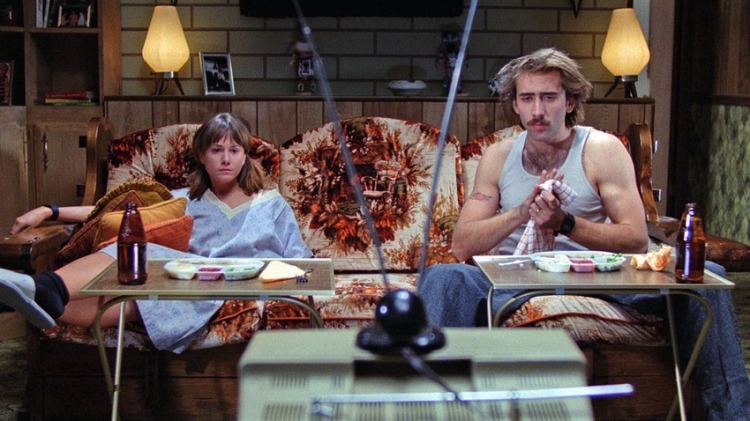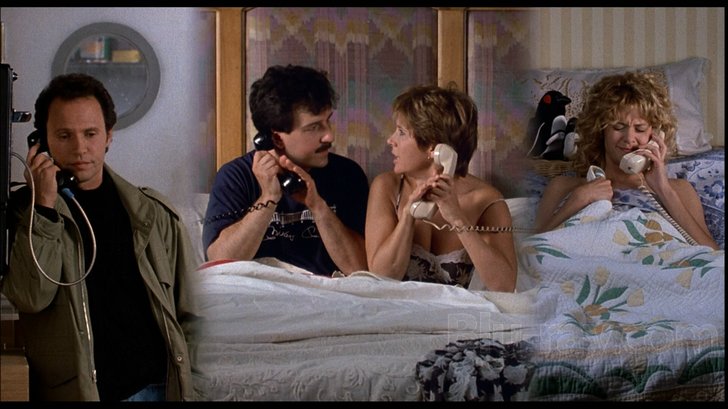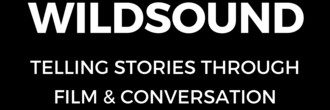Jane Musky is one of the top Production Designers working in the industry today. She has designed over 40 productions in the last 30 years, working with directors Mike Newell, Ivan Reitman, Andy Tennant, Gus Van Sant, Jerry Zucker, James Foley, and The Coen Brothers, to name a few. She also happens to be married to the President of the United States (well on the TV show Scandel) for the last 28 years too!
It was an honor to interview Jane and talk about her amazing career, and it looks like she’s just getting started.
Matthew Toffolo: You have been the Production Designer on over 30 films in the last 35 years. Is there a film or two that you’re most proud of?
Jane Musky: My favorite films as a Designer are GLENGARRY GLEN ROSS and THE DEVIL’S OWN.
GlenGarry was a once in a lifetime chance to work with an INCREDIBLE ensemble of actors, great Director and DP and Mamet script. Who could ask for more?
David Mamet’s stories are full of great language, texture and sense of place which feeds his stories. That sense of place, that moment in time is a gift for a Designer to define.
PHOTO: Alec Baldwin gives his famous speech in Glengarry Glen Ross (1992)

The Devil’s Own was not only a large budget film that involved the two biggest male film actors of that time, but was Directed by Alan Pakula and was his last film. Gordon Willis shot the film. I was very lucky to be with this group. Alan taught me more than any other Director I have been associated with.
I had started another film with Alan and Gordon that folded so I was happy when we launched into this story about the IRA. We shot in Ireland and New York. I loved doing the big shootout in the opening with a great Dutch special effects group.
MT: Early in your career, you were the Production Designer on the first two Coen Brothers films: Blood Simple and Raising Arizona. How did you first meet the brothers? After Blood Simple wrapped, what were your feelings? Did you foresee their iconic career?
JM: I met Ethan and Joel through a mutual friend, Mark Silverman. Mark was an up and coming Producer they had hired and I had worked with Mark before.
I was doing Summer Stock at the Williamstown Theatre Festival and they all drove up to meet me. I had never done a film, just smaller TV work. Most of my Design work was in the theatre then. We hit it off.
Blood Simple was really the first film for all of us. We were a very small crew. It all just clicked. We worked so hard and when it was over we all knew we had made a good film full of humor and irony and I thought it was stylish. Ethan and Joel were and still are great in how they plan and execute their work. It is all very lean and mean and cohesive. It was a utopian time for a young designer. We were a great young gang of filmmakers and everyone has done well from that original Coen Bros. group.
PHOTO: Bar Scene in Blood Simple (1984):

MT: Some will argue that Raising Arizona is a masterpiece. You created a fantasy universe within the context of the reality of Arizona. Do you remember the initial conversations with the directors and your team about the overall look, feel, and tone of the film? How was your overall experience working on the film?
JM: Well, Raising Arizona. We had a blast. I have to say Phoenix back then was such a bizarre place. It was still a small town pretending it had the hutzpah of Dallas.
There was a great collision of the Wild West meets the nouveau riche of Arizona.
Once I got that vibe it was easy to create the fantasy of their world. I enhanced the style that was already rampant. What a confusing place, stylistically. Once I grabbed the idea of the Arizona home I next designed the GRIB for the Boys to get of sense of how far everyone wanted to go with the humor and then it all flowed. Ethan and Joel’s scripts were very much defined as to what happens; dialogue and great descriptions of each character. They really allow their Designers to run with it.
PHOTO: Nicolas Cage and Holly Hunter in Raising Arizona (1987):

MT: When Harry Met Sally…, is another all-time classic. It has a timeless feel to it. How was your experience creating the world of this couple in a span of 15 years in New York City?
JM: When we began working on “When Harry Met Sally”, New York City was on a roll.
It was a Single’s City full of romance. Harry and Sally’s opening drive to begin their lives after college in NYC had to be as unsophisticated as could be so we could feel their rite of passage into adult life in a complicated city. What are the chances they would meet again after parting at Washington Square, and how complicated their lives had already become after a few years apart?
The passage of time allows for a more complicated story and Nora Efron just hit a great stride in her writing and fed the complications of the relationships which in turn allows the Designer to jump right in to define their lives and begin to ground the story for the audience visually.
PHOTO: The 3 frame phone call shot in When Harry Met Sally… (1989):

MT: Harry/Sally had a lot of exterior shots of NYC, plus interior locations within the city (like the famous restaurant scene). Generally, what is the Production Designers main job when working on a location that is already established and known by many? What do you need to add or remove (or not) to enhance the story?
JM: Iconic locations are picked because they are perfect or almost perfect for the story in that moment. There is little I can do to enhance the Design value of these landmarks other than to pick the right ones for the moment. We had many Iconic locations; Katz’s Deli, Central Park. All were chosen to give us a romantic New York. The more romantic the location or the more counter to the romantic moment like Katz’s, the more we hit Harry and Sally on the head saying…Fall in Love. Iconic locations give the audience a great comfort and familiarity that allows them to fall into the story more easily wishing they were there.
MT: What is a director looking for in a Production Designer?
JM: Each Director I work for has their own different idea as to what they want from their Designer. The Director and Designer are the first ones of the Creative Staff working on the job. Those early moments together are used to dissect the story and begin to give it a visual tone and map the moments. It is during these first weeks the Designer morphs to suit the Director’s vision and enhance that vision and help tell the story. The Director must be followed and a Designer must take their lead from the Director and faithfully back that vision.
MT: What is a Production Designer looking for in a director?
JM: The Designer and Director are first of the Creative Team on a film. That is what I consider my Golden Time. This is when I look to the Director to take the lead as to where the story is headed creatively. We spend a lot of One to One time these first few weeks to set the visual plan for the film. At times I have to work hard to pull at ideas from a Director. The more comfortable this process, the better the journey.
MT: How early do you come into pre-production before shooting starts? When do your hire and bring on the rest of your key team members?
JM: I come on to a film very early on and the earlier the better so I can wrangle the location scouting. I am usually on 6-8 weeks before the DP depending upon the project. My crew comes on about 6- 8 weeks before we shoot but now a days with smaller budgets sometimes this moves up to 5 weeks before we shoot which is scary.
MT: What film, besides the ones you’ve worked on, have you seen the most in your life?
JM: Well, of course everyone has seen the Wizard of Oz tons of times, and Munchkin Land made me wonder, WHO creates this stuff?!
I am a fan of To Kill a Mocking Bird. The story is stirring for sure but as a Designer; The Town, The House. I also love, Last Picture Show. Again the subtlety of the Town and easiness of creating the environments. Carnal Knowledge also for many of the same reasons.
For a bit of Romance I love The Goodbye Girl. I’m not as old as my taste in favorite films, haha.
MT: Do you have a Production Designer mentor?
JM: That is easy…Polly Platt and Eugene Lee. Their work has always pointed me in a good direction. I started in the theatre as a Designer so Eugene Lee was a big influence and then I watched him move between Theatre and TV/Film/Concert Sets, (Simon and Garfunkel Central Park). He helped me understand how a Designer could move between these Mediums.
MT: What type of film would you love to work on that you haven’t worked on yet?
JM: I’d love to do a BIG FAT period piece in Europe or Asia.


Reblogged this on Festival Reviews.
LikeLike
Reblogged this on WILDsound Writing and Film Festival Review.
LikeLike
Another great interview. Thanks for sharing.
LikeLike
Reblogged this on Festival for Drama in Film, Screenplays, Novels.
LikeLike
Reblogged this on Festival Reviews.
LikeLike
Reblogged this on WILDsound Writing and Film Festival Review.
LikeLike
Reblogged this on WILDsound Writing and Film Festival Review.
LikeLike
Reblogged this on TV Screenplay Festival. Submit Today..
LikeLike